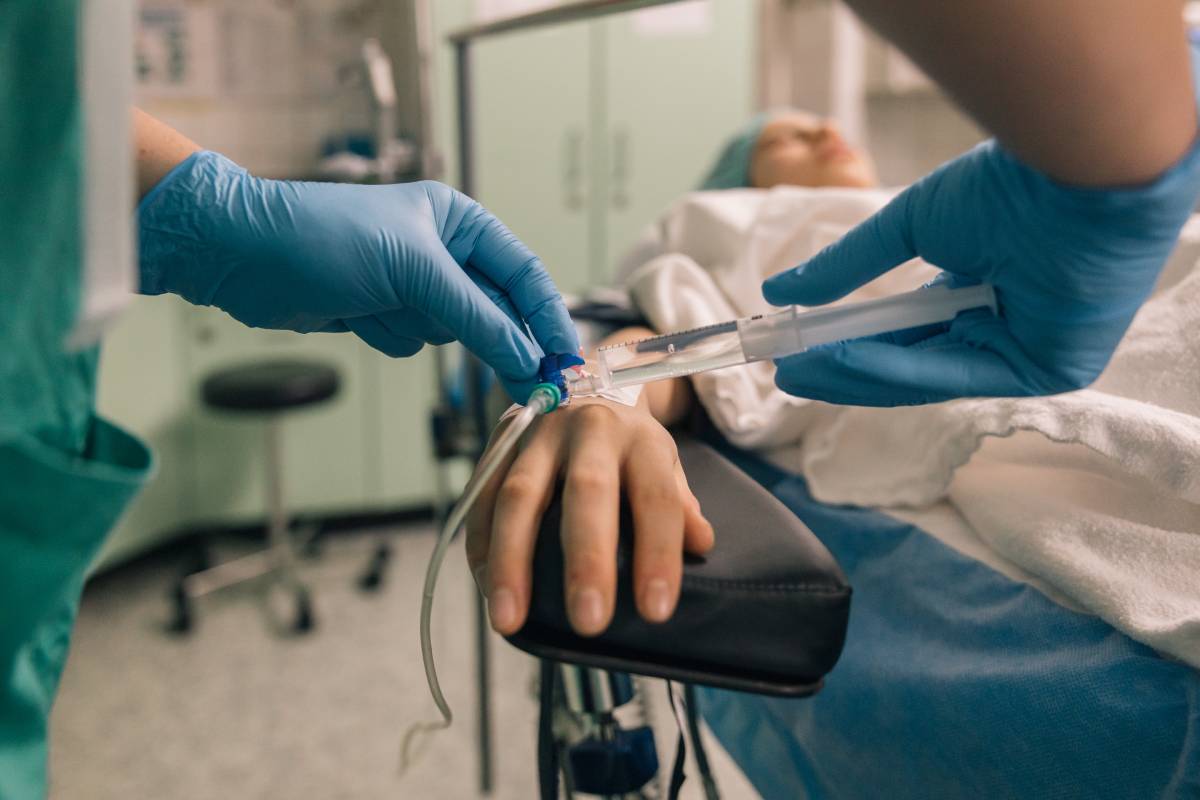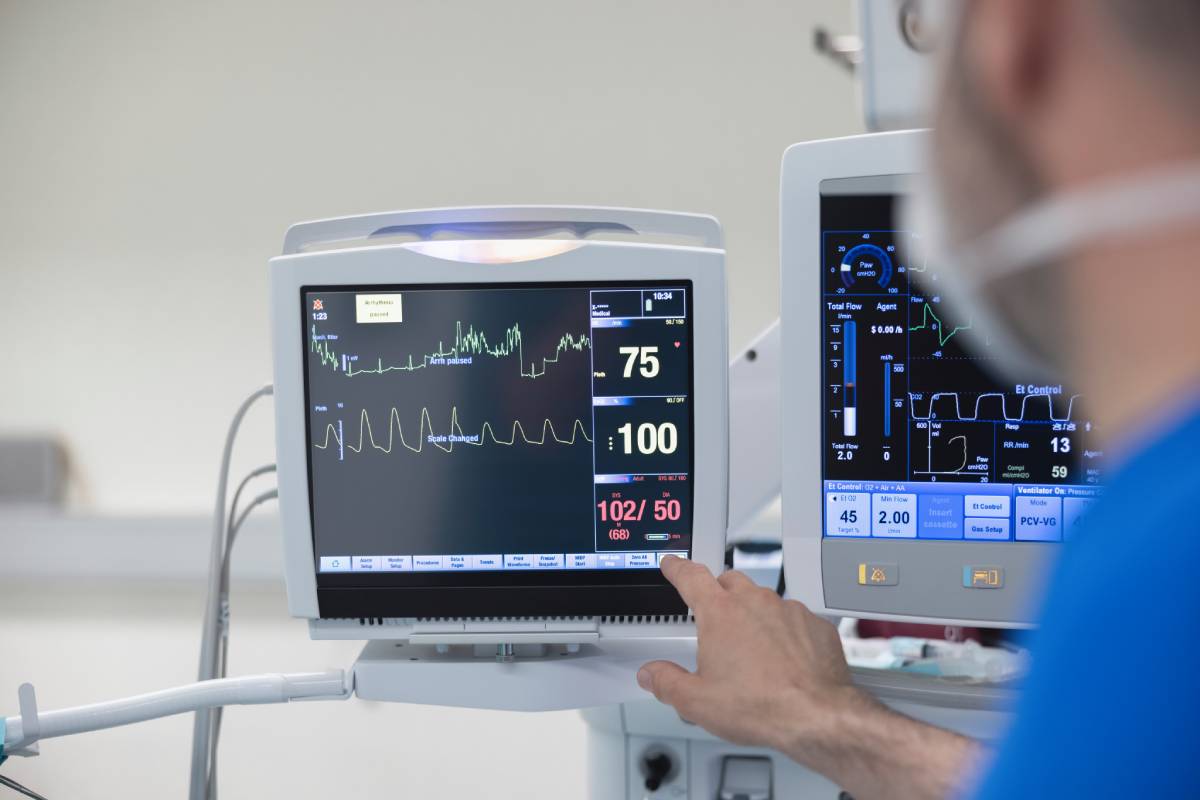Role of Anesthesia Providers in Infection Control
Anesthesia providers have an essential role in infection control given their involvement in various phases of patient care, including surgery. As hospitals face ongoing challenges with hospital-acquired infections (HAIs), the potential for anesthesia providers to improve infection control is becoming even more critical (1).
Effective infection control by anesthesia providers involves several levels of intervention. At its core, diligent adherence to hand hygiene is perhaps the most important and simplest strategy for preventing the spread of infection. Research consistently supports the direct correlation between improved hand hygiene among healthcare workers and a reduction in HAIs (1). For anesthesia providers, this means thoroughly washing hands before and after contact with each patient, before placing invasive devices, and after any exposure to bodily fluids. Additionally, the proper use and disposal of personal protective equipment (PPE) is key. Gloves, masks, and gowns should be used appropriately to prevent cross-contamination between patients. These practices help minimize the risk of pathogen transfer during anesthesia administration, where providers may come into contact with open surgical sites or manipulate equipment that is in direct contact with the patient’s sterile body areas.
If not managed properly, the anesthesia workstation itself is a potential reservoir for pathogens. This area includes the anesthesia machine, monitors, and any hand-held devices used during patient care. Disinfection protocols for the anesthesia workspace, including the cleaning of surfaces and equipment before and after each procedure, play a critical role in infection control. Studies have shown that structured approaches to cleaning and disinfection can significantly reduce microbial contamination, thereby reducing the risk of perioperative infections (2). Furthermore, anesthesia providers also influence infection control through their involvement in the administration of antibiotics. They are often responsible for ensuring that prophylactic antibiotics are administered within an appropriate time frame prior to surgical incision to maximize efficacy and minimize postoperative infections. The timing and selection of these antibiotics, based on the surgical procedure and patient-specific factors, are important decisions that require careful consideration and knowledge of current guidelines (2).
Education and training are essential in the fight against HAIs. Anesthesia providers must be well informed about the latest standards and technologies in infection control. Consistent participation in training programs on new protocols and equipment are necessary to maintain high standards of care. In addition, anesthesia providers can take a leadership role in promoting a culture of safety and adherence to infection control practices among the surgical team (3). Despite these efforts, challenges remain in the form of variability in adherence and resource limitations. Therefore, institutions must support their anesthesia teams by providing a work environment that emphasizes patient safety and effective infection control practices.
The role of anesthesia providers in reducing HAIs is multifaceted and extends beyond direct patient care. Their role in ensuring hand hygiene, managing the anesthesia workspace, appropriately administering antibiotics, and leading educational initiatives is vital to preventing infections. Given their central role in surgical procedures, anesthesia providers are key players in the ongoing effort to improve patient outcomes and minimize healthcare-associated infections in all healthcare settings.
References
1. Koff MD, Loftus RW, Burchman CC, et al. Reduction in intraoperative bacterial contamination of peripheral intravenous tubing through the use of a novel device. Anesthesiology. 2009;110(5):978-985. doi:10.1097/ALN.0b013e3181a06ec3
2. Dexter F, Parra MC, Brown JR, Loftus RW. Perioperative COVID-19 Defense: An Evidence-Based Approach for Optimization of Infection Control and Operating Room Management. Anesth Analg. 2020;131(1):37-42. doi:10.1213/ANE.0000000000004829
3. Sharma A, Fernandez PG, Rowlands JP, Koff MD, Loftus RW. Perioperative Infection Transmission: the Role of the Anesthesia Provider in Infection Control and Healthcare-Associated Infections. Curr Anesthesiol Rep. 2020;10(3):233-241. doi:10.1007/s40140-020-00403-8
More From The Blog

When is Medication Dosage Based on Patient Weight?
When administering or prescribing medications, it is crucial for providers to understand the rationale behind the recommended dosage. Medication dosage must take into account the

Managing Heart Rate During Anesthesia
Managing heart rate during anesthesia contributes to ensuring patient safety and comfort throughout surgical procedures and is a key responsibility of the anesthesia provider. Heart